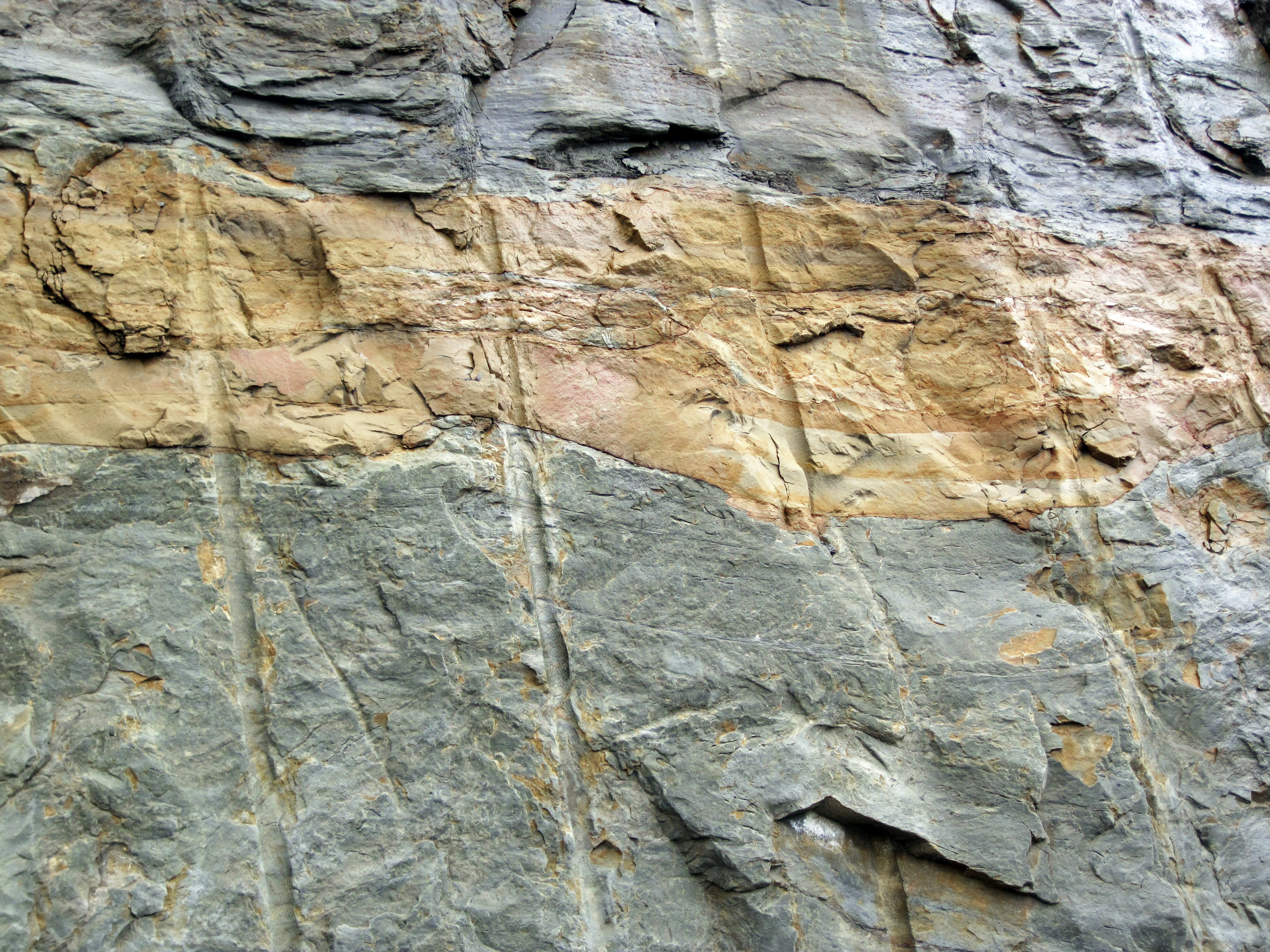seismites on:
[Wikipedia]
[Google]
[Amazon]

 {{Earthquakes
Seismites are
{{Earthquakes
Seismites are

 {{Earthquakes
Seismites are
{{Earthquakes
Seismites are sedimentary
Sedimentary rocks are types of rock that are formed by the accumulation or deposition of mineral or organic particles at Earth's surface, followed by cementation. Sedimentation is the collective name for processes that cause these particles ...
beds and structures deformed by seismic shaking. The German paleontologist Adolf Seilacher
Adolf "Dolf" Seilacher (February 24, 1925 – April 26, 2014) was a German palaeontologist who worked in evolutionary and ecological palaeobiology for over 60 years. He is best known for his contributions to the study of trace fossils; constructi ...
first used the term in 1969 to describe earthquake-deformed layers. Today, the term is applied to both sedimentary ''layers'' and soft sediment deformation ''structures'' formed by shaking. This subtle change in usage accommodates structures that may not remain within a layer (i.e., clastic dike
A clastic dike is a seam of sedimentary material that fills an open fracture in and cuts across sedimentary rock strata or layering in other rock types. Clastic dikes form rapidly by fluidized injection (mobilization of pressurized pore fluids) ...
s or sand volcano
Sand boils or sand volcanoes occur when water under pressure wells up through a bed of sand. The water looks like it is boiling up from the bed of sand, hence the name.
Sand volcano
A sand volcano or sand blow is a cone of sand formed by the ...
s).
Caution is urged when applying the term to features observed in the field, as similar-looking features may be products of either seismic or non-seismic perturbation. Several informal classification systems exist to help geologists distinguish seismites from other soft-sediment deformation features, though a formal, standardized system has not been developed.
Geologists use seismites, in combination with other evidence, to better understand the earthquake history of an area. If age and distribution of seismically-generated features can be determined, then recurrence interval and seismic hazard risk can be assessed.Merriam, D.F., Neuhauser, K.R., 2009, Seismite Indicates Pleistocene Earthquake Activity in Ellis County, Kansas, Transactions of the Kansas Academy of Science, 112, p. 109–112, doi = 10.1660/062.112.0214
See also
* Speleoseismite *Soft-sediment deformation structures {{Short description, Geologic formation
Soft-sediment deformation structures develop at deposition or shortly after, during the first stages of the sediment's consolidation. This is because the sediments need to be "liquid-like" or unsolidified ...
References